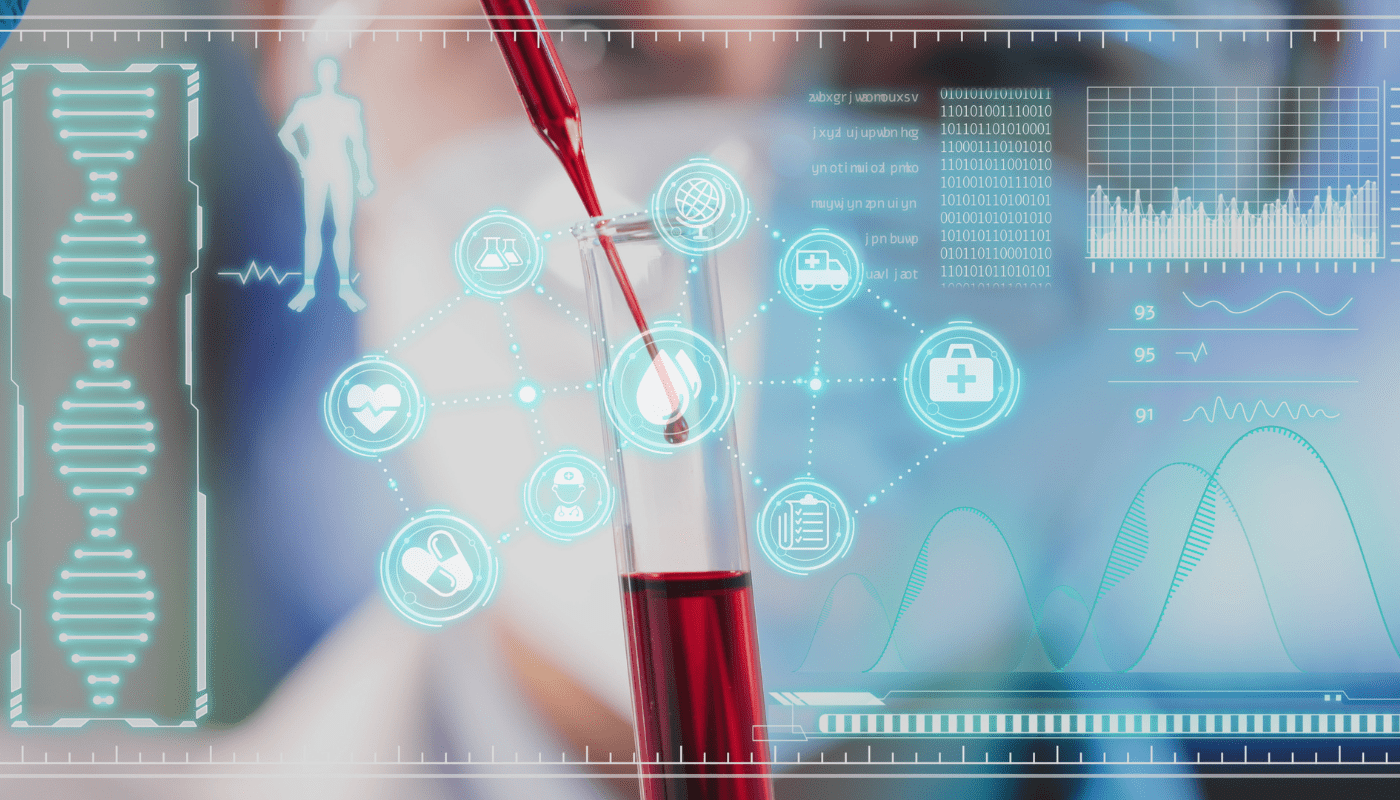Marine Biotechnology – five drugs of marine origin with high importance for the Pharmaceutical Industry
Did you know that less than 5% of the seabed has been explored in detail due to poor accessibility?
The oceans and seas occupy a large part of the Earth’s surface (about 70%) representing the greatest resource on the planet, with an immense and poorly explored biodiversity. In fact, less than 5% of the seabed has been explored in detail due to poor accessibility1,2,3. Interactions between marine organisms originated a multiplicity of bioactive compounds, unique and different from those found in terrestrial environments, essentially developed during relationships within the ecosystem, whether biotic or abiotic, and in the “routine” of living beings, in predation, symbiosis, mating, etc.1,2,4,5.
These compounds are characterized by being structurally distinct and highly selective regarding their molecular targets. It is exactly this selectivity and multiplicity of cell markers that make them interesting and with enormous potential for use in the pharmaceutical industry3.
What is the oldest marine compound on record? Tyrian purple dye used to dye fabrics.
Historically, the oldest marine compound on record dates back to 1600 b. C. – tyrian purple dye – extracted from marine mollusks by the Phoenicians and used to dye fabrics applied by the classes of greater status and economic power due to its high market value3. Since then, Man’s interest in exploiting these resources has focused on living beings that are visible to the naked eye and relatively easy to access: fish and seaweed.
Only in the second half of the 20th century, due to technological and scientific developments, namely in isolation techniques and chemical characterization, was it possible to reduce obstacles and initiate a more serious and fruitful exploration of marine resources and the identification of marine compounds of pharmacological interest. In this period, there was also greater sophistication, regulation and evolution in tests carried out on people, to understand, with a greater degree of care and accuracy, the applications and implications of the use of these compounds in humans.
Data from the beginning of the 21st century on compounds of marine origin indicate that about half are extracted from marine microorganisms, which reveals a growing interest in this type of organisms. Microorganisms have great chemical diversity, with high selectivity and diversity of molecular targets, which enhances their efficiency.
Discover five important ocean-derived compounds with pharmaceutical applications
Next, we will present a selection of compounds of marine origin with different applications at the pharmacological level:
1 – Trabectedin (trade name: Yondelis®) – drug used in the treatment of ovarian cancer and also in soft tissue sarcoma, is used when the use of other drugs is not effective. It is extracted from the Caribbean Sea squirt Ecteinascidia turbinata.
2 – Ziconotide (brand name: Prialt®) – non-narcotic neuropathic analgesic drug used in the treatment of severe chronic pain when patients do not respond to taking other medications. It is isolated from molluskConus magnus.
3 – Cytosine arabinoside (trade name: Citarabina®) – drug used in the treatment of some types of leukemia, extracted from Caribbean Sea sponges Tectitethya crypta.
4 – Adenine arabinoside (trade name: Vidarabina®) – antiviral drug, used in infections caused by the herpes simplex virus types 1 and 2, extracted from the bacteria Streptomyces antibioticus.
5 – Didemnin B – drug currently in clinical trials that is intended to be used in the treatment of cancer, has also shown to have antiviral and immunosuppressive potential. It is extracted from the mollusk Conus magnus.
Like these compounds, there are countless already identified, extracted and purified that the scientific community believes to have immense potential in the field of pharmacology, and that may be subject to clinical trials in order to assess their safety and efficacy. However, these compounds come from only a very small percentage of living marine beings, leading the scientific community to extrapolate the countless compounds that may yet be identified, with potential use in the field, such as nutraceuticals, pharmacogenetics, cosmetics, among others.
The sea and marine living beings demonstrate, once again, their importance in the health and quality of life of humans, being important their exploration and preservation.
References:
1. Costa-lotufo LV, Wilke DV, Jimenez PC, Epifanio RDA. Marine organisms as a source of new pharmaceuticals: History and perspectives. Quim Nova. 2009;32(3):703–16.
2. Newman DJ, Cragg GM. Drugs and Drug Candidates from Marine Sources: An Assessment of the Current “State of Play.” Planta Med. 2016;82(9–10):775–89.
3. Lindequist U. Marine-derived pharmaceuticals – challenges and opportunities. Biomol Ther. 2016;24(6):561–71.





